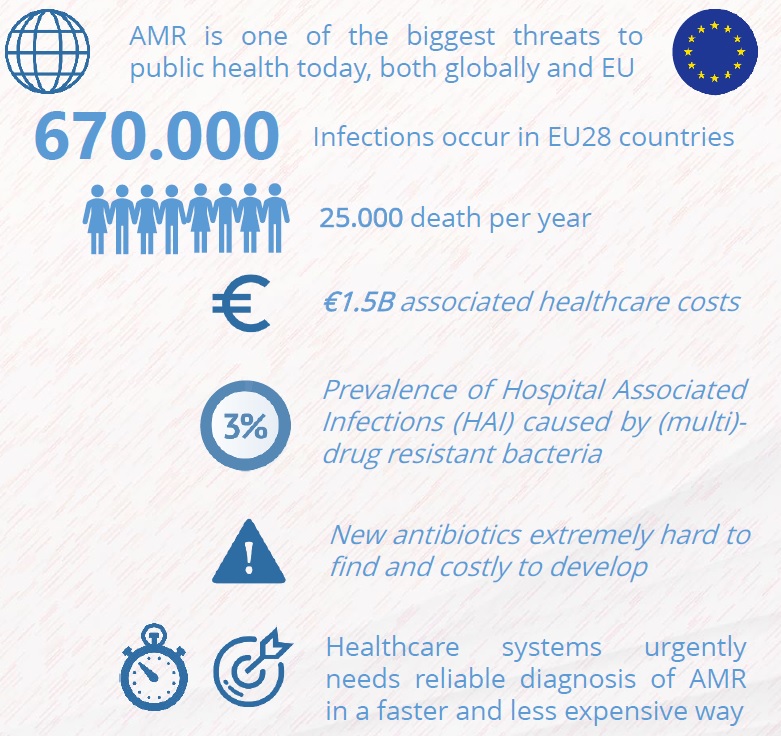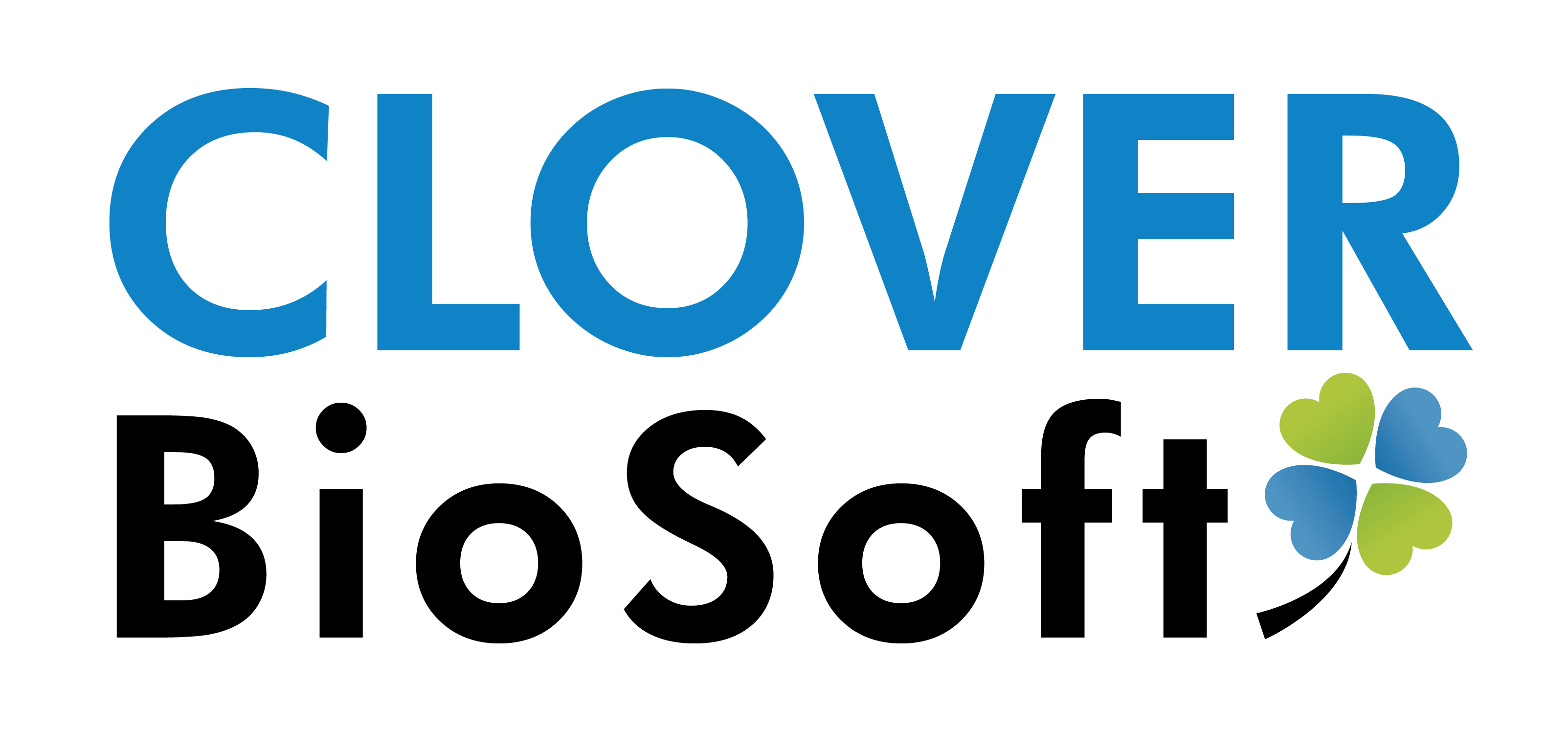A recent article published by elDiario.es focuses on a problem that has been raising concern in specialized biomedical circles since some time ago. This is the increasing resistance of bacteria to antibiotics, and issue of great concern to our company Clover BioSoft.
Although known for a long time, this problem has been alarmingly increasing since several years ago. This growing problem is a global priority that affects us all as a society. One of the main focuses to mitigate this problem is the improvement in the detection of resistant bacteria. Time to detect the threat is of the essence to be able to attack it accurately and appropriately.
In this blog post we summarize this article adding just a few comments of our own. Please find link to the original article at the end.
Raúl Rejón tells us that outside the hospital or clinical environment, this problem is also proliferating, mainly in water treatment plants and purification plants, a situation confirmed by the Center for Ecological Research (CREAF) of the CSIC. In these, the thousands of cubic hectometers of wastewater produced by humans are received, which are full of harmful substances that prevent its reuse. To eliminate them, the water is usually treated with microbial degradation, a method used mainly because it is cheap. After multiple generations, the bacteria tend to accumulate various mutations creating resistance to the products designed to kill them and thus ensuring their survival. The real problem lies in the fact that the new bacterial protection mechanisms also affect the antimicrobial used in human infections, thus making them immune to our drugs. The waters where they proliferate, although they are not reused for direct consumption by humans, do arrive to us through using it in food irrigation or in animals.

The world’s leading experts have been warning for some time that resistant bacteria are a looming global pandemic, already causing hundreds of thousands of infections and thousands of deaths worldwide.
The discovery of new antibiotics is a hard work that offers few results and is expensive.
So, the best we can do as a society is to focus on the detection of these bacteria and the use of other methods for water treatment.
At Clover Biosoft we work daily on this problem, by creating bacterial detection tools and specifically, creating AI systems that warn us of the resistance of these pathogens to antibiotics and to which ones in a sample.
Our system for the detection and identification of bacterial resistance and sample typing offers to hospitals, clinics, laboratories, and other professionals in the health sector the possibility of load into the system the data of a sample analyzed using a MALDI-TOF MS mass spectrometer (analysis method used for its simplicity and speed). Once the data has been entered into our system, the healthcare professional if offered a battery of quick tests, which are able to identify the key bio markers of the sample. With these results, the sanitary professional will be able to identify the subspecies in the sample and obtain a profile of its resistance to common antibiotics.
Pathogens that are commonly found in water treatment plants and that could contain genes resistant to antibiotics, such as Escherichia coli, Klebsiella pneumonia or Staphylococcus aureus, are some of the bacteria that our system is already capable of detect and identify, to help stop the problem of the increasing resistance of these pathogens to antibiotics.
We want to thank to the online newspaper to write about this problem. Now its up to us as a society to stop it.
